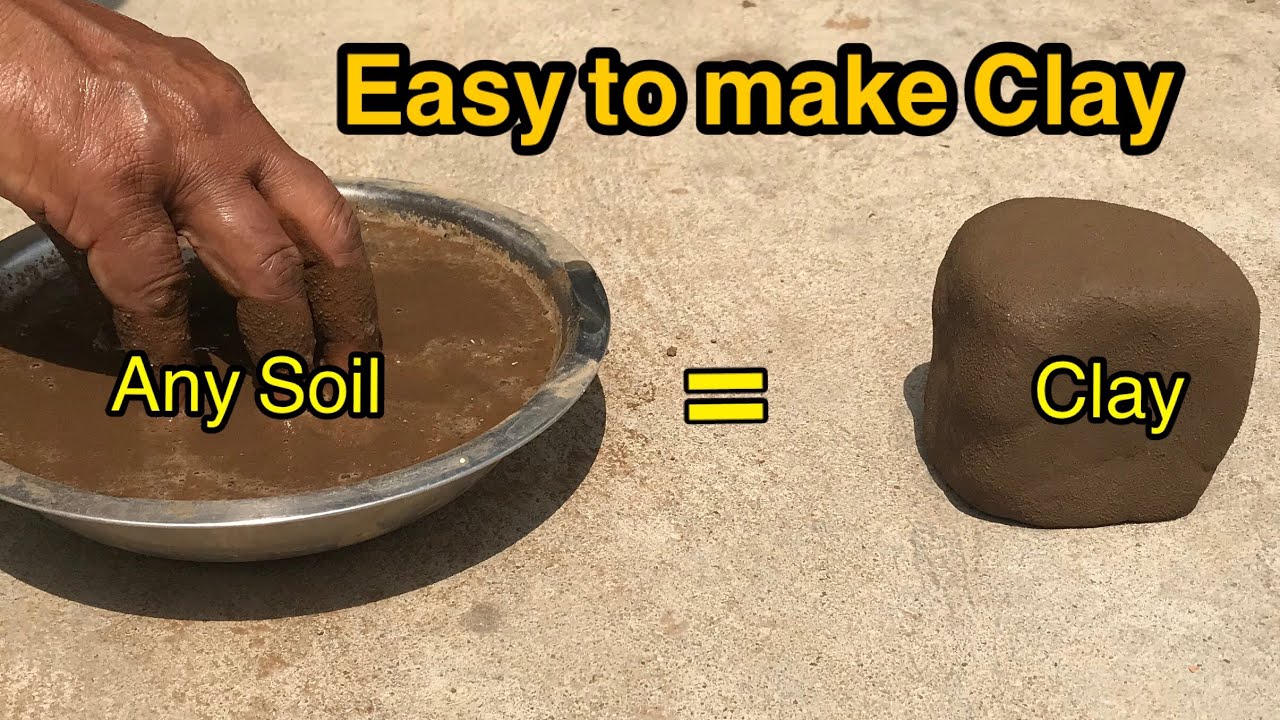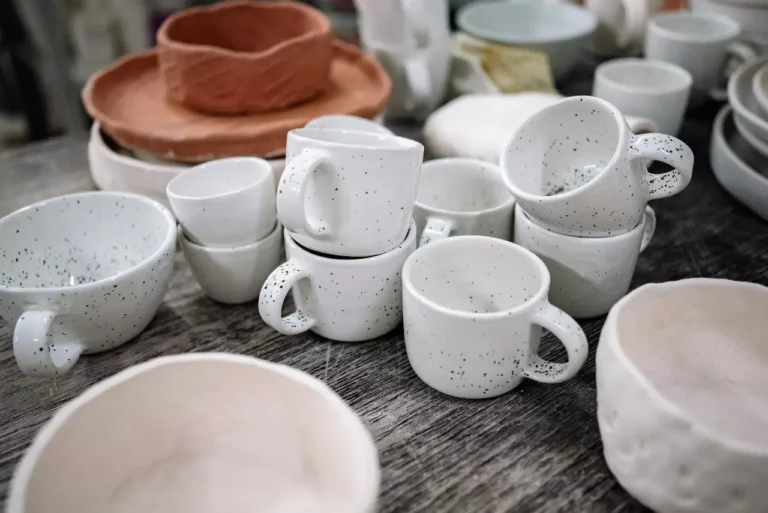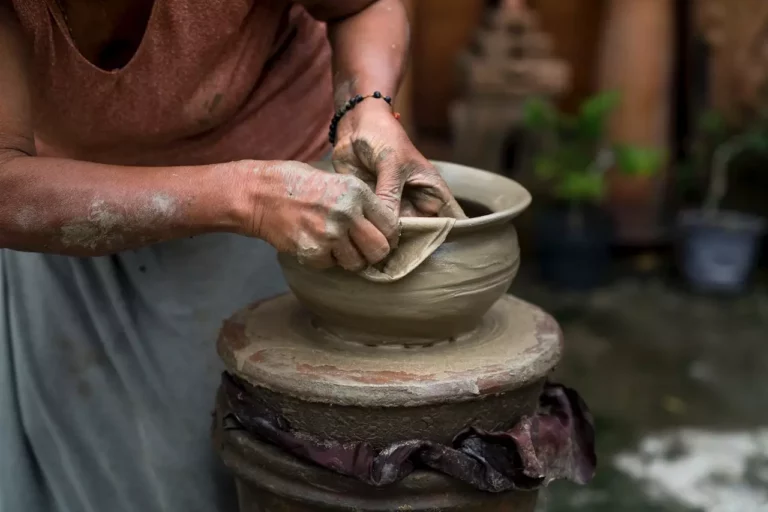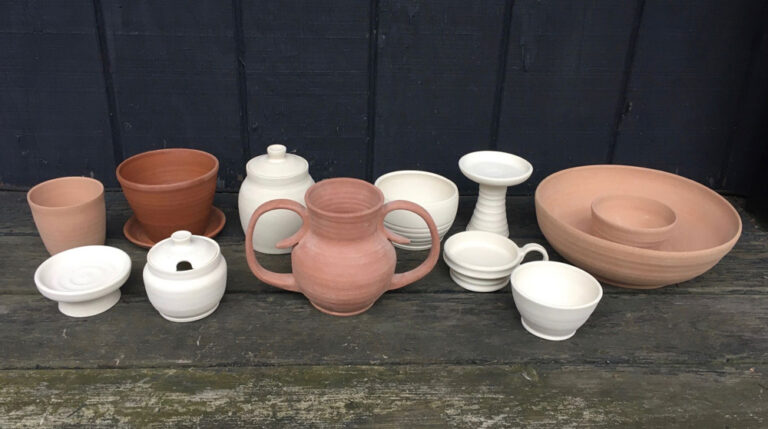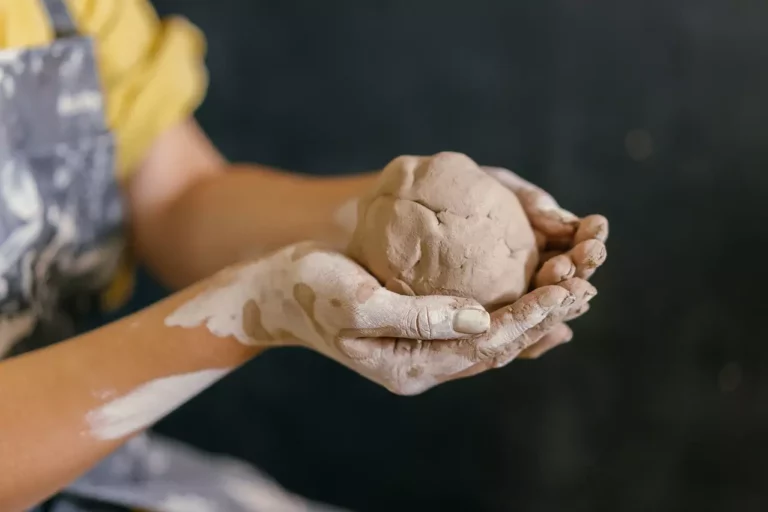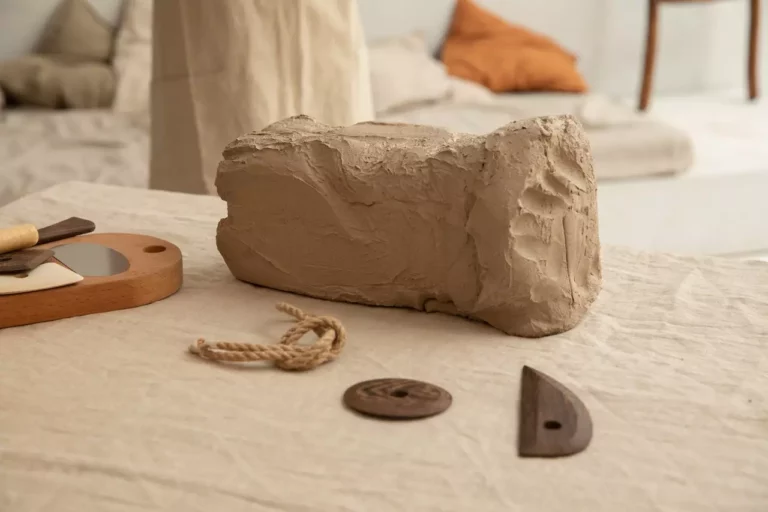How To Extract Clay From Soil
Clay is a versatile and valuable material that has been used for various purposes throughout history. From pottery and ceramics to construction and skincare, clay finds its application in numerous industries. If you’re interested in harnessing the potential of clay, extracting it from soil is the first crucial step. In this article, we will guide you through the process of extracting clay from soil and highlight its uses in different fields.
I. Introduction
Before we delve into the extraction process, it’s essential to understand the importance of clay and its wide range of applications. Clay is a fine-grained natural material that possesses unique properties, including plasticity, cohesion, and absorbency. These qualities make clay highly desirable in industries such as pottery, construction, and cosmetics. Extracting clay from soil allows us to access this valuable resource and utilize it for various purposes.
II. Understanding Clay and Soil Composition
To successfully extract clay from soil, it’s necessary to comprehend the composition of both clay and soil. Clay is a type of sedimentary rock composed of fine particles with a particle size less than 2 micrometers.
It is formed through the weathering and decomposition of rocks over millions of years. Soil, on the other hand, consists of a mixture of organic matter, minerals, water, and air. Clay is one of the components found in soil, along with sand and silt.
III. Methods of Clay Extraction
There are several methods available for extracting clay from soil, each with its own advantages and suitability for different situations. Let’s explore three common methods: hand-washing, sedimentation, and mechanical separation.
A. Hand-Washing Method
The hand-washing method is a simple yet effective way to extract clay from soil. Here’s a step-by-step guide on how to use this method:
- Collect a sufficient amount of soil in a container or bucket.
- Add water to the soil and mix thoroughly to create a slurry.
- Allow the mixture to settle for a few minutes, allowing the heavier particles, including clay, to settle at the bottom.
- Carefully pour out the excess water, being cautious not to pour out the clay sediment.
- Repeat the process of adding water, mixing, and settling until most of the impurities are removed and you’re left with clay sediment.
- Collect the clay sediment and transfer it to a separate container for further processing.
During the hand-washing method, it’s crucial to remove as many impurities as possible to obtain high-quality clay.
B. Sedimentation Method
The sedimentation method is another effective way to extract clay from soil. This method utilizes the principle of gravity to separate the clay particles from the rest of the soil. Here’s how you can apply this method:
- Collect soil in a container and add water to create a slurry.
- Stir the slurry vigorously to ensure thorough mixing.
- Allow the mixture to settle for an extended period, typically overnight or for several hours.
- The clay particles, being the smallest and densest, will settle at the bottom of the container.
- Carefully pour out the excess water, leaving the clay sediment undisturbed.
- Transfer the clay sediment to another container for further processing.
The sedimentation method is particularly useful for extracting larger quantities of clay.
C. Mechanical Separation Method
The mechanical separation method involves the use of machinery and equipment to extract clay from soil efficiently. This method is suitable for large-scale extraction processes and often used in commercial operations. The following steps outline the mechanical separation method:
- The soil is fed into a mechanical separator, which separates the clay from larger particles such as rocks and gravel.
- The clay is further processed through a series of screens and filters to eliminate any remaining impurities.
- Once the clay has been separated and purified, it is ready for subsequent processing and refinement.
The mechanical separation method offers higher efficiency but requires specialized equipment and resources.
IV. Processing and Refining Clay
After extracting clay from soil, further processing and refinement are necessary to enhance its quality and suitability for specific applications. The following steps outline the processing and refining stages of clay extraction:
A. Drying and Grinding
Once the clay is extracted, it needs to be dried thoroughly to eliminate excess moisture. Drying can be achieved by spreading the clay in thin layers and exposing it to air and sunlight. After drying, the clay is ground into a fine powder using grinding equipment or manual methods. Grinding improves the clay’s workability and makes it easier to incorporate into different materials.
B. Sieving and Purification
To remove larger particles and impurities from the clay powder, sieving is an essential step. The clay powder is passed through a series of screens with different mesh sizes, allowing only fine particles to pass through.
This process ensures a more uniform and refined clay texture. Additionally, purification methods such as washing or leaching with water can be employed to further eliminate impurities and enhance the clay’s quality.
C. Testing Clay Properties
Before utilizing the extracted clay, it’s important to test its properties to determine its suitability for specific applications. Clay properties such as plasticity, shrinkage, and firing temperature range can vary depending on the source and extraction process.
Testing methods include simple tests like hand-feel and texture analysis, as well as more advanced techniques such as X-ray diffraction and chemical analysis. Understanding these properties helps in selecting the appropriate clay for pottery, construction, or cosmetic purposes.
V. Uses of Extracted Clay
Once the clay has been extracted, processed, and refined, it can be utilized in various industries and applications. Let’s explore three primary areas where extracted clay finds extensive use:
A. Pottery and Ceramics
Pottery and ceramics have a long history of utilizing clay as a fundamental material. Clay’s plasticity and ability to retain shape after firing make it ideal for creating pottery items such as bowls, vases, and figurines.
The extracted clay can be shaped, dried, and fired in a kiln to produce beautiful and functional ceramic pieces. Different clay types, such as earthenware, stoneware, and porcelain, offer varying qualities and characteristics suitable for different pottery techniques.
B. Construction and Building Materials
Clay has been a crucial component in construction and building materials for centuries. Bricks, tiles, and adobe blocks are some of the common clay-based materials used in construction.
Clay’s ability to withstand high temperatures, provide insulation, and exhibit structural integrity makes it an excellent choice for creating durable and sustainable structures. Additionally, clay-based plasters and renders are used to coat and finish walls, providing protection and aesthetic appeal.
C. Cosmetics and Skincare
Clay’s absorbent and cleansing properties make it a valuable ingredient in cosmetics and skincare products. Clay masks, scrubs, and cleansers are popular due to their ability to remove impurities, unclog pores, and improve skin texture.
Different clay types, such as kaolin, bentonite, and French green clay, offer specific benefits for various skin types. Clay’s natural origin and gentle exfoliating properties make it a preferred choice for those seeking natural skincare alternatives.
VI. Environmental Considerations
While clay extraction is essential for various industries, it’s important to consider the environmental impact and promote responsible practices. Here are some key considerations:
-
Sustainable Extraction: Clay extraction should be carried out using sustainable methods that minimize ecosystem disruption and preserve soil fertility. Implementing techniques like reforestation, soil conservation, and land restoration helps maintain the ecological balance.
-
Waste Management: Proper management of waste generated during clay extraction and processing is crucial. Implementing recycling and waste reduction measures ensures minimal environmental impact and reduces resource consumption.
-
Water Conservation: Water usage during clay extraction should be optimized through efficient processes and water recycling techniques. Conserving water resources helps minimize the environmental footprint of clay extraction operations.
By adopting responsible practices, the clay extraction industry can continue to thrive while preserving the environment for future generations.
VII. FAQs
What types of soil are suitable for clay extraction?
Clay can be extracted from various soil types, including loam, silty clay, and clay loam. These soil compositions generally contain higher proportions of clay particles.
Can clay be extracted from sandy soil?
While sandy soil contains fewer clay particles, it is still possible to extract some clay content. However, the extraction process might be more challenging, and the resulting clay yield may be lower compared to clay-rich soils.
How long does the clay extraction process take?
The duration of the clay extraction process depends on factors such as the chosen method, the amount of soil, and the desired clay yield. Hand-washing and sedimentation methods can take a few hours to overnight, while mechanical separation may be quicker but requires specialized equipment.
Is it possible to extract clay at home without specialized equipment?
Yes, it is possible to extract clay at home using simple methods like hand-washing or sedimentation. These methods require basic materials like containers, water, and patience. However, for larger-scale extraction or higher clay yields, specialized equipment may be necessary.
Can I use extracted clay for agricultural purposes?
Yes, clay can be used in agriculture to improve soil quality and water retention. Clay particles help enhance soil structure, increase nutrient retention, and reduce erosion. However, it’s essential to consider the specific soil requirements and consult with agricultural experts for optimal clay utilization in farming practices.
VIII. Conclusion
Extracting clay from soil opens up a world of possibilities in pottery, construction, and skincare. Understanding the different methods of clay extraction, processing, and refinement allows us to harness the full potential of this versatile material. By following proper techniques and considering environmental implications, we can ensure sustainable clay extraction practices for a brighter and greener future.
